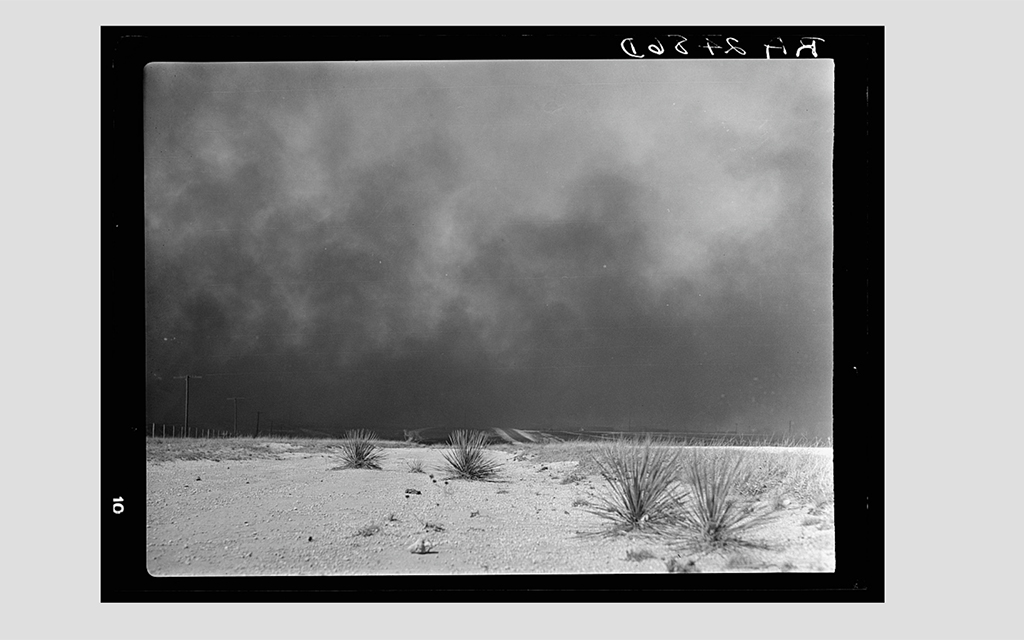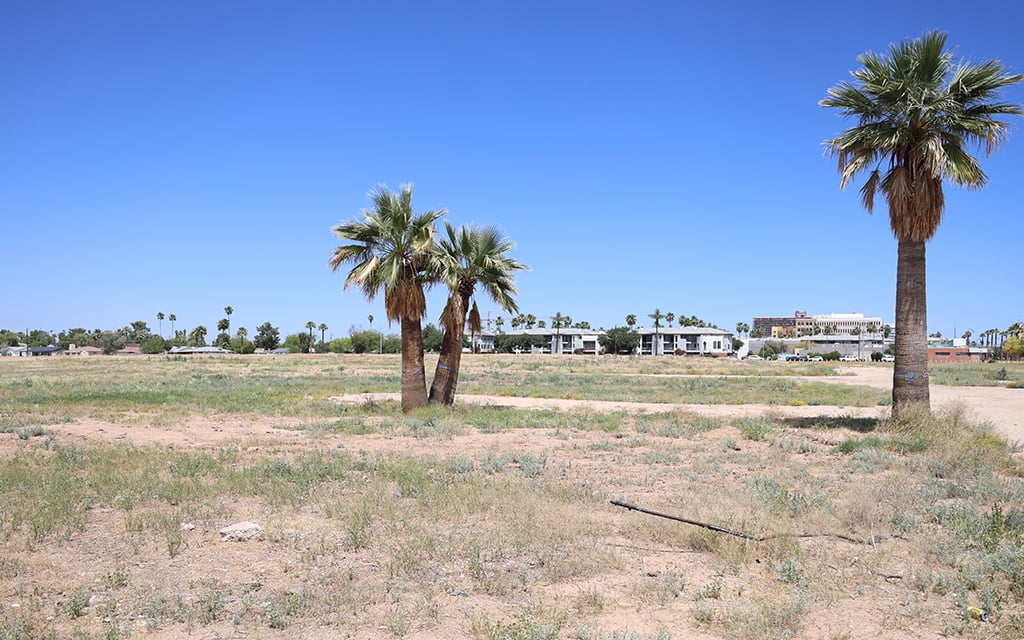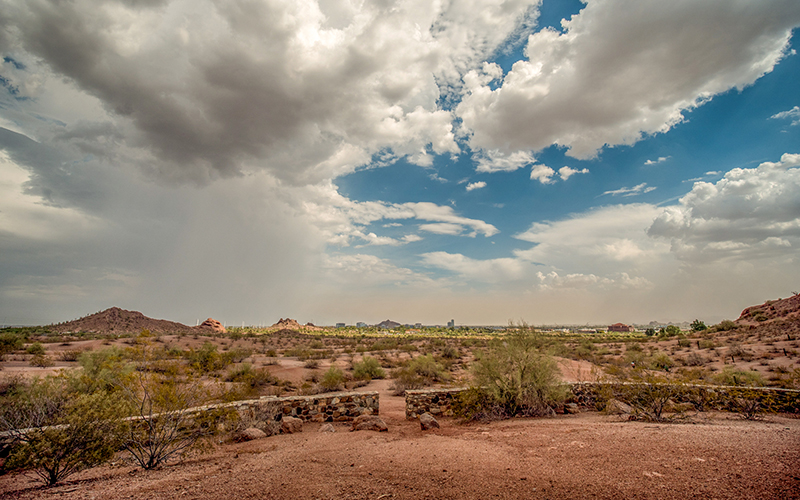The rise of Valley fever
SAN JOAQUIN VALLEY, Calif. – Valley fever has been infecting people in the Southwest U.S., Central America and South America for decades. Its name comes from early cases detected in the San Joaquin Valley, California.
Valley fever, a fungal disease endemic to the Southwest, disproportionately affects minority populations
TUCSON – Valley Fever, a disease caused by Coccidioides spores, can cause life-threatening illnesses, particularly in Black, Hispanic and Native American communities. There is still a lack of awareness as to how serious this disease can get, and the scope of it, even in the medical community.
Dust, particle pollution disproportionately affect Latino and poor communities
PHOENIX – Latino and lower-income communities of Phoenix are breathing in more polluted air than residents in other parts of the city, and a new report indicates it’s part of a national trend.


